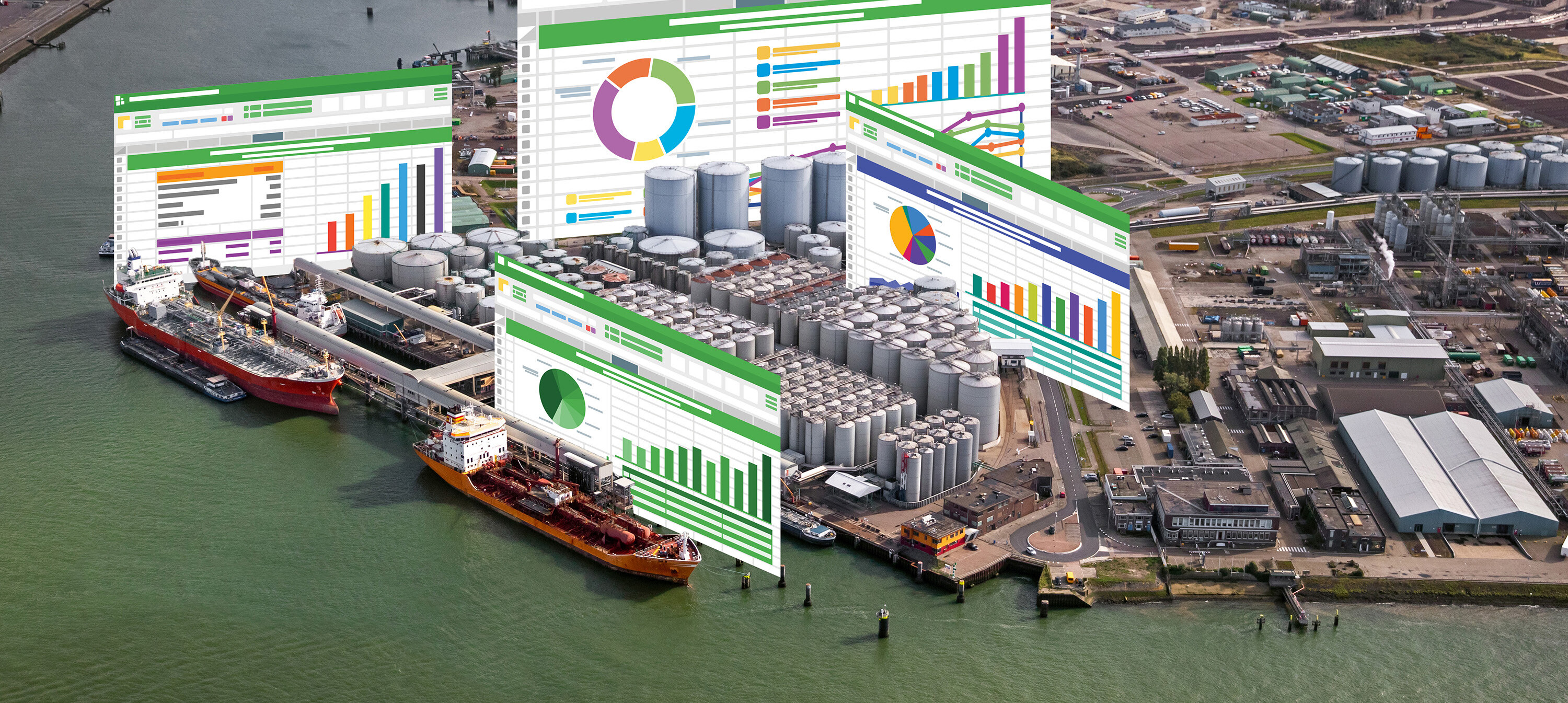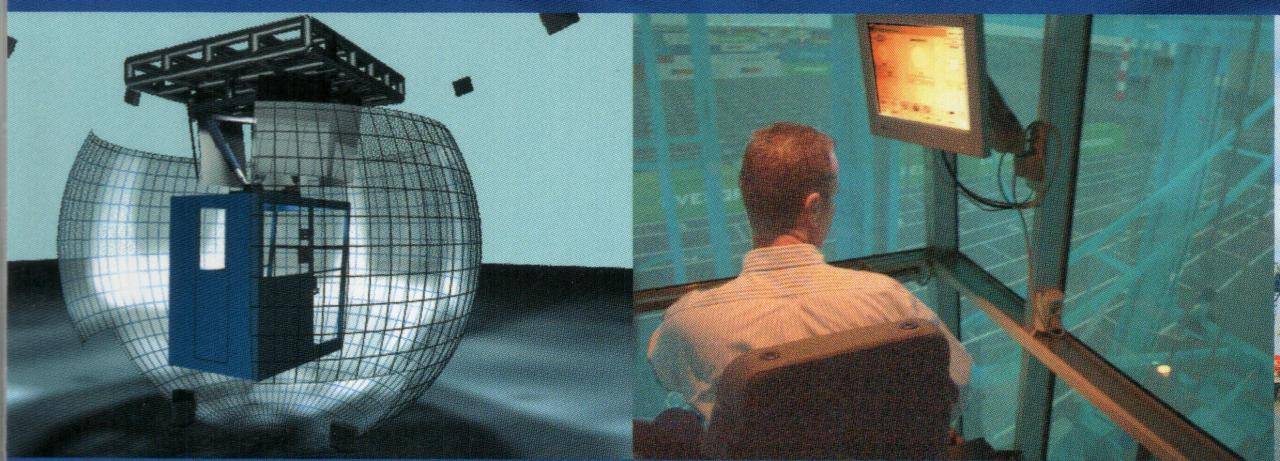Why a discovery phase is a critical part of any TOS deployment
In the complex, mission critical world of bulk terminal operations, investing in a modern Terminal Operating System (TOS), such as CommTrac from TBA, is a highly strategic move. Designed to optimize cargo flow, increase visibility, and enhance operational efficiency, CommTrac can transform terminal operations. But to unlock its full potential, one step is vital: the discovery phase.
Often overlooked or underestimated, the discovery phase is the foundational stage of any successful TOS implementation. It’s where requirements are uncovered, risks are assessed, and alignment is forged between business processes and system capabilities. In this article, we’ll explore why the discovery phase is not just important, but essential, when adopting a bulk TOS like CommTrac—and how it sets the stage for long-term success.
What Is the Discovery Phase?
The discovery phase is the initial planning and research stage of a TOS implementation project. It typically involves close collaboration between the terminal operator and the software provider. The goal is to:
- Understand the terminal’s current processes and workflows
- Identify inefficiencies, pain points, and improvement opportunities
- Define user and system requirements
- Map out how CommTrac can be configured to support the terminal’s unique operations
This phase involves site visits, stakeholder interviews, software demonstrations in line with customer processes, data collection, and technical assessments. It culminates in a comprehensive discovery report that serves as a blueprint for implementation.
Why the discovery phase matters
1. Tailoring CommTrac to fit your terminal
Bulk terminals vary widely in their operations. One terminal may handle coal or grain in a high-volume, conveyor-based system, while another might manage bulk liquids with complex pumping infrastructure. CommTrac is a highly configurable platform, but to take advantage of this flexibility, the system must be set up to match your workflows and equipment.
The discovery phase ensures that CommTrac isn’t implemented as a “one-size-fits-all” solution. Instead, using CommTrac’s configurable workflows, it becomes a localised operational tool designed around your terminal’s specific cargo types, handling methods, storage layouts, and logistics processes.
2. Identifying operational inefficiencies
Every terminal has blind spots—legacy processes that slow things down, duplicated efforts, or missed opportunities for automation. During the discovery phase, TBA’s experts conduct a deep dive into your operations to identify these inefficiencies.
Armed with this knowledge, the implementation plan can be shaped to eliminate bottlenecks, introduce smarter workflows, and integrate key features of CommTrac such as inventory tracking, automated reporting, and real-time cargo visibility.
3. Managing risks and minimizing disruption
Implementing a new TOS is a significant undertaking. Without proper planning, it can disrupt operations, cause delays, or lead to costly overruns. The discovery phase acts as a risk mitigation strategy.
By examining system integrations, data migration paths, user roles, and training needs early on, potential roadblocks can be anticipated and addressed proactively. This means fewer surprises during deployment and a smoother transition to the new system.
Aligning stakeholders and building buy-in
A successful TOS implementation is as much about people as it is about technology. Operations managers, IT staff, cargo planners, and terminal operators all have a stake in how CommTrac is implemented. The discovery phase brings these voices to the table.
Through interviews, workshops, and collaborative design sessions, stakeholders gain a clearer understanding of what CommTrac can do and how it will support their work. This early engagement fosters ownership, reduces resistance to change, and builds enthusiasm for the new system.
Creating a clear roadmap
One of the most valuable outcomes of the discovery phase is a project roadmap. This document defines:
- Key milestones and deliverables
- Implementation timelines
- Required system configurations
- Integration points with existing systems (e.g., ERP, weighbridges, customs systems)
- Training and change management plans
With this roadmap in place, both the terminal and TBA have a shared vision and a structured plan to follow. This clarity reduces scope creep, streamlines decision-making, and improves accountability on both sides.
Real-world benefits of a thorough discovery phase
The discovery phase may seem time-consuming at first glance, but the return on investment is significant. Terminals that invest in this process often report:
- Faster implementations: Fewer delays and less rework due to early identification of challenges.
- Higher user adoption: Teams are better prepared and more confident using the system.
- Better ROI: CommTrac is used to its full potential, delivering measurable gains in efficiency and accuracy.
- Reduced downtime: Detailed planning minimizes the operational impact during go-live.
TBA expertise in the discovery phase
TBA brings decades of experience to the table, not only as software developers but also as industry consultants. Their approach to the discovery phase is rigorous and collaborative. Key elements include:
- Operational assessment: In-depth review of terminal processes, equipment, and data flows.
- Stakeholder workshops: Engaging all departments to understand cross-functional needs.
- Gap analysis: Comparing current state vs. future state under CommTrac.
- Custom configuration planning: Designing how CommTrac will be set up to meet your terminal’s specific goals.
- Integration scoping: Planning how CommTrac will connect with existing IT infrastructure.
With a proven methodology, TBA ensures that the discovery phase doesn’t just delay the project—it accelerates its success.
The discovery phase is the foundation of success
When adopting a powerful bulk terminal operating system like CommTrac, the discovery phase is not optional—it is essential. It’s the phase where assumptions are tested, goals are clarified, and a path is paved for a successful transformation.
By investing time and resources into a structured, collaborative discovery phase, terminals can ensure they don’t just implement a new system—they evolve into a more efficient, transparent, and competitive operation.
If you're considering a TOS upgrade or implementation, don’t rush to the solution. Start with discovery, and let the experts at TBA help you unlock the full potential of CommTrac from day one.
Interested in learning more about CommTrac and how a discovery phase can benefit your terminal? Get in touch for a consultation and start planning your terminal’s digital future today.
Share this
You May Also Like
These Related Stories

Drowning in spreadsheets?

Bespoke is best?
